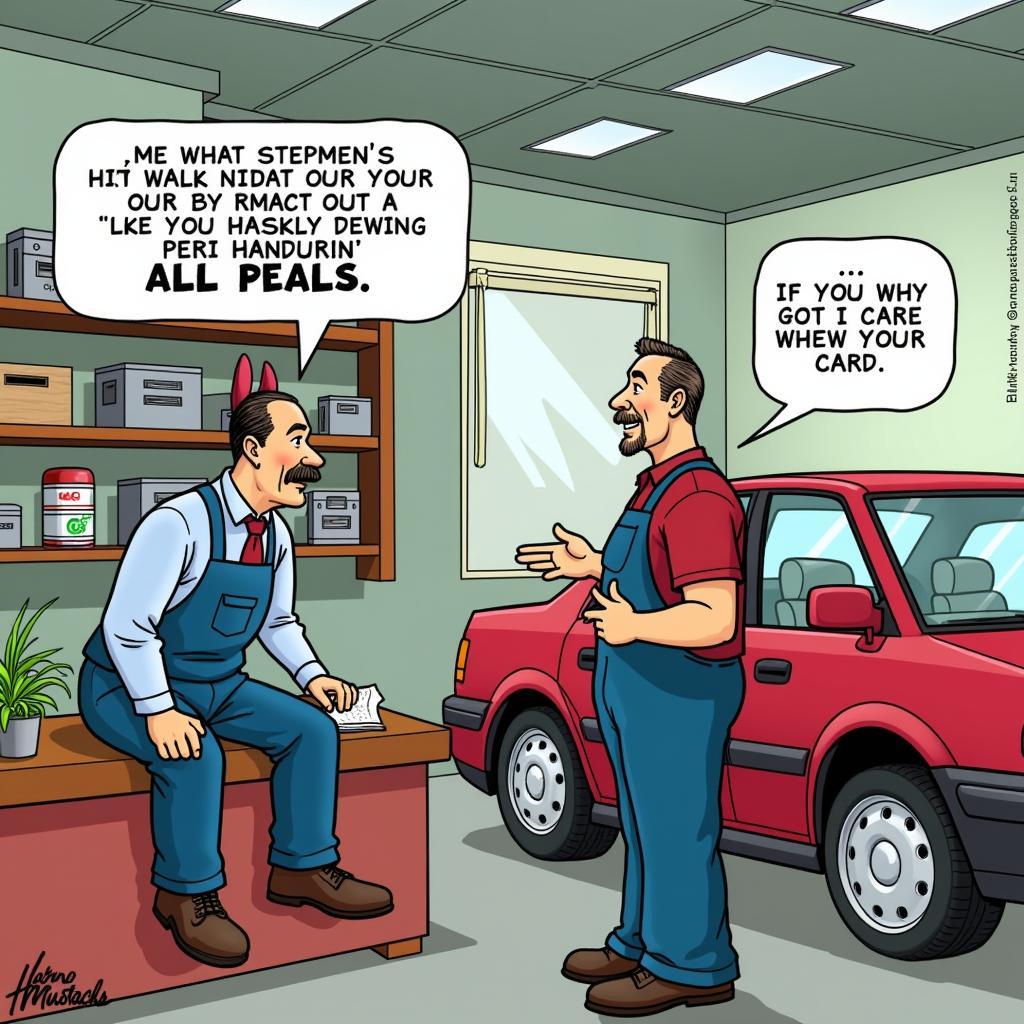New car paint should gleam with pride, not problems. Yet, many new car owners find themselves facing frustrating paint defects. This guide delves into common New Car Paint Problems, their causes, and how to address them effectively.
From minor blemishes to significant defects, understanding the nature of these issues is crucial for both car owners and automotive professionals. This knowledge empowers you to take the appropriate steps, whether it involves a simple DIY fix or seeking professional assistance. Similar to car paint adhesion problems, some issues require specialized attention.
Common New Car Paint Problems
Several paint problems can plague a brand new vehicle. These include orange peel, fish eyes, runs and sags, dust nibs, and swirl marks. Each defect has a unique cause and requires a specific approach for rectification. Identifying the problem correctly is the first step toward a successful repair.
Orange Peel
This common defect gives the paint a textured appearance, resembling the skin of an orange. It’s often caused by incorrect spray gun settings or unfavorable painting conditions.
What causes orange peel on new cars?
Incorrect spray gun pressure, improper paint viscosity, or rapid drying are the primary culprits.
Fish Eyes
These small, circular imperfections appear as craters in the paint surface. They are typically caused by contaminants like silicone or oil repelling the paint.
Why do fish eyes appear in new car paint?
Contamination of the paint surface or the air supply during the painting process is the usual cause.
Runs and Sags
These are areas where the paint has flowed unevenly, creating drips or waves in the finish. They usually result from applying too much paint in a single coat or painting in excessively humid conditions.
What leads to runs and sags in new car paint?
Applying excessive paint or painting in high humidity can cause this issue.
Dust Nibs
Small, raised bumps in the paint are often caused by dust particles landing on the wet paint during application. They can feel rough to the touch and detract from the smooth finish.
How do dust nibs get into new car paint?
Airborne dust particles settling on the wet paint during the painting process are the primary cause of dust nibs.
Swirl Marks
These fine scratches are often introduced during the polishing or washing process. While not technically a paint defect, they can significantly dull the finish of a new car.
What causes swirl marks on new cars?
Improper washing or polishing techniques are the usual culprits behind swirl marks.
Addressing New Car Paint Problems
Many minor defects, like dust nibs, can be addressed with careful wet sanding and polishing. More significant problems, like runs and sags, may require repainting the affected area. For issues like fish eyes, preventing the contamination in the first place is key.
Professional vs. DIY Repairs
While some minor corrections can be tackled by car owners, addressing more serious paint defects often requires the expertise of a professional. They have the specialized tools and knowledge to ensure a flawless finish. Problems like those found in cars that have been sitting for years, as discussed in problems with car sitting for years, can be complex.
Warranty Considerations
New car paint problems are often covered under warranty. If you notice any defects, contact your dealer as soon as possible to discuss your options. This is a crucial step in ensuring your car’s paint is restored to its pristine condition. Remember, some car issues can take days to fix, similar to those outlined in car problems that take days to fix.
 Professional Car Paint Repair Process
Professional Car Paint Repair Process
Preventing New Car Paint Problems
Protecting your car’s paint from the start can prevent many common problems. Regular washing and waxing, using proper car care products, and avoiding harsh environmental conditions can help maintain the finish. Similar to maintaining cars with the fewest recalls, proper care is essential. You can learn more about this in what cars have the less problems and recalls.
“Preventing paint problems is far easier than fixing them,” says renowned automotive paint specialist, John Miller. “Regular maintenance is the key to a long-lasting, beautiful finish.”
Conclusion
New car paint problems can be frustrating, but understanding their causes and solutions can help you address them effectively. Whether it’s a minor blemish or a significant defect, taking prompt action is essential to maintain your car’s appearance. If you’re unsure about tackling a repair yourself, seek professional assistance. Remember, a well-maintained finish enhances not only the beauty of your vehicle but also its resale value. Contact us at AutoTipPro at +1 (641) 206-8880 or visit our office at 500 N St Mary’s St, San Antonio, TX 78205, United States for expert advice and assistance with your new car paint problems.
“Addressing rust on a car frame is a significant issue,” adds Maria Sanchez, a leading auto body repair expert. “Prevention is key, but if rust does occur, professional repair is crucial. A reinforced frame doesn’t eliminate the underlying problem.” This relates to the information provided in is a reinforced car frame from rust a problem.





Leave a Reply